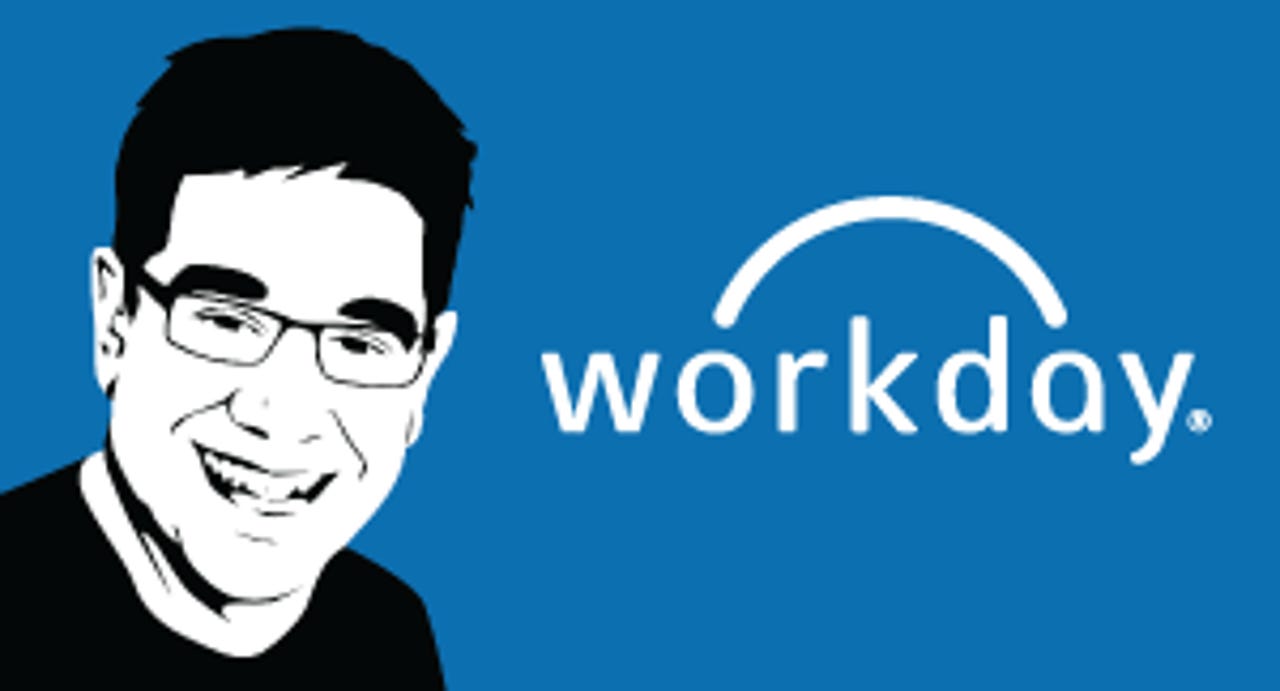#CXOTALK: Workday CEO explains his top priorities

Workday is one of the few pure software-as-a-service vendors operating at large enterprise scale. The company's products fall into two broad categories: human capital management and financials. Both HCM and financials are backbone applications used by every large organization, and Workday's customers are among the biggest companies in the world.

During a conversation with Workday's co-founder and CEO, Aneel Bhusri, we spoke about a range of issues, including why he and co-founder Dave Duffield started the company; how Workday prioritizes customer feedback when making investment decisions about new products and features; and the CIO role in today's changing environment.
Watch the entire video below and go to the CXOTALK site to read the complete transcript:
Among the most important points that Bhusri emphasizes are how employee satisfaction and corporate culture drive innovation and lead to customer success. Although this perspective has emerged recently during CXOTALK conversations with other senior leaders, Bhusri articulated the point especially clearly.
Here are some of Bhusri's comments [edited for length and clarity] from our discussion:
Why is culture your top priority?
My number one job in the next few years is to ensure this culture remains special and unique and attracts the best and brightest and keeps the best and brightest we have here. That will keep us on the cutting edge of innovation and allow us to maintain high levels of customer satisfaction.
All the rest, all the other metrics, like financial metrics, come from having great employees innovating and having happy customers. All the rest follow from those things, so that's my job.
How do you ensure the Workday culture remains alive and well?
First and foremost Dave [Duffield] and I interviewed the first 500 people who joined Workday. We did not interview them for their skill set in marketing or engineering or sales; we assumed our teams got that part right. We interviewed them specifically for cultural fit. We believed that if we got the first 500 right, they'd get the next 5,000 right. It really has played out that way.
CXO-Talk
During that interview cycle, we looked for people who use "we" versus "I." We work as a team, and that is a huge part of why we have been successful; we run fast as a team.
We invest very heavily in the employees. We get the return, and the employee gets the return if they stay with us for a while. So, we focus on people that will commit to us for the long run.
Part of it is the tone that you strike. Dave and I sit in cubes, and my cube is no different than other people's cubes. We sit in the middle of the cubes, and we are very accessible; I think that creates a culture of being accessible, open, and friendly.
As the company grows, how do you avoid creating a bureaucratic organization?
When you get big, there's a tendency to get caught up in process and bureaucracy. We probably have some of that and strive to drive it out.
The best way to avoid bureaucracy is to have small teams who are empowered to make decisions and get their work done. You want to keep driving towards small teams and ensure that those teams embrace the culture.
We put a lot of emphasis on our management style and philosophy, and we can't have managers and leaders that are, frankly, overhead. They have to be able to do the job and be hands on enough to help drive the organization forward.
Where do you invest time at Workday?
I try to divide up my time a third, a third, a third and then plus 10 percent; that adds up to 110 percent, and I have to figure out how to make it work better. A third on employees; a third on products and strategy; and a third with customers; the 10 percent is with investors. When we go through volatile periods in the market, that time probably pops up.
Join CXOTALK every Friday at 3:00 Eastern time for conversations on leadership, innovation, and digital disruption. Follow the discussion on Twitter with @cxotalk.